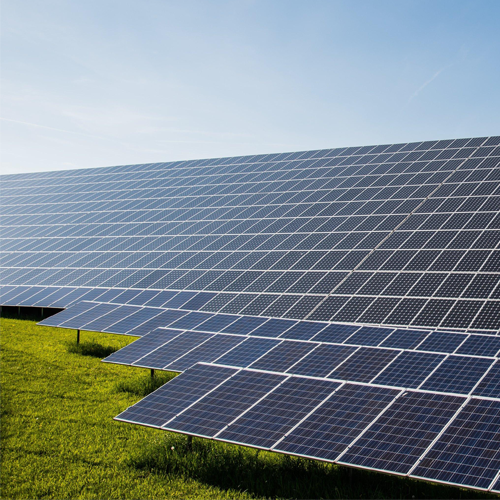
Essential Guide on Solar Power System Installation
1 .Locate a Professional Solar System Installer
Research online, ask friends & family members if they know anyone, and even your neighbours if they have anyone they can recommend. Getting a firsthand review is almost always the best way to get an understanding of the solar providers available. When you meet installer in the first meeting, questions regarding your electricity usage and building’s roof will be discussed. Solar professionals generally ask your monthly energy bill amount, the direction your roof is pointing, as well as the age and material of your roof. Once an estimate is provided, they should assist in identifying the solar financing choices available to you, as well as any federal and local incentives you are eligible for. Once the agreement is arrived to on your quote, the installation process of the solar system can begin
2. Site Evaluation
In this step, the solar installer plans a site visit to start an inspection of your home or building. The goal is to find out the best solar components to utilize, including inverters, panels, and racks. Factors like the angle of your roof, shade, as well as electricity status of your home, are all considered to ensure everything is well-suited with your new Zever Solar Australia
3. Design & Permits
Data collected at the time of the on-site evaluation will be utilized to make a design plan. It must specify the number of solar panels, the wiring of the system, the location of every panel on your roof, and also the way it will be connected to the network. The design plan should keep to the local fire protection requirements as well as show the projected offset. Your solar system installer will then propose the plan to permitting departments of your city as well as a utility company.
4. Installation
The average time of installation for a standard solar system contains 20 solar panels is around 1-3 days. On the day of installation, the team will set up scaffolding to simply access your roof. They secure the frames to the rafters to handle the solar panels made.
The final step in the installation is connecting the efficient panels to an inverter of Sungrow Australia. It is the mechanism that converts DC power created by the solar system into a usable AC form that your house can effectively use. You are still connected to your normal electricity grid which will supply as your backup energy source.
5 .Approval
Before you “switch on” your solar system and get the full benefits of the free power from the sun, a final inspection will be made. The inspector will double-check all of the work your solar system installer has completed. The inspector will ensure that the electrical wiring is proper, the mounting is safe, and that the system fulfills each of the local code requirements
Once the inspector gives final approval, your panels can go live officially. This means you can begin generating your very own clean energy as well as enjoy the advantages of your solar system!
